Latest News
Week 03 (4 & 5 November 2023) :: DiscoverSTEM Sessions
Published
2 years agoon

Discover the Teams!
DIP/ILM Year 1
Team Abdus Salam

Team:
- Shaheer Irfan Hammed
- Reeva Joshi
- Sarah Nanam Kumar
- Anjhani Ramesh Kumar
- Daniel Yankovsky
- Sanjeev Venkatesh
- Rishi Sai Poola
- Aarush Siddabathuni
- Ibrahim Syed
- Suhani Sharma
To complete their day 1 exercise, the innovators were challenged to come up with 200 problems they would like to solve in the world. They were able to come up 130 problems and continue star-bursting and grouping questions!
Team Aryabhata

Team:
- Raj Veer Davuluri
- Aryaman Mishra
- Aariz Chaudhry
- Tanisha Raka Ahmed
- Kashyap Samudrala
- Anderson Aloy
- Risha Jamllamudi
- Anum Khan
For the first exercise, this team began by jotting down all of their ideas individually on their laptops, emptying the contents of their brain. From there, their goal was to brainstorm approximately 200 problems that they would like to solve in the world. They achieved their goal of over 200, ending at 245 problems.
Team Isaac Newton

Team:
- Sheraz Abdellatif
- Emaad Mallick
- Zaynab Rahmani
- Adam Ali Ghouri
- Rhea Jain
- Qasim Syed
- Chhayank Meena
- James C. Stewart
- Ayat Faizan
- Yousef Seyed Ghatari
- Aashna Chimata
- Azfar Sheik
The innovators identified their limitation of identification due to their age and reflected on their parents’ experience to identify 200 problems! Through collaboration, the kids focused on
targeting problems by announcing their thoughts and feeding on each other’s perspectives to curate their goal of 200 problems.
Team Marie Curie

Team:
- Karan Verma
- Ayush Veer Davuluri
- Asher Sorin
- Sana Naeem
- Taheea Raya Ahmed
- Ismaeel Zaidi
- Ashir Khan
- Ayaan Haq
- Abdur Rahman Bin Aslam
- Sumayya Tabassum Shaik
- Arnav Raghuvanshi
- Ayan Raghuvanshi
By dividing and conquering for the first exercise, team Marie Curie followed a different approach from other teams. They were able to come up with 99 problems and picked their top 5; their goal was 200 and is their research assignment.
Team Nikola Tesla

Team:
- Daksha Jamallamudi
- Rithvik Kamesh
- Rishon Ishwa Rajesh
- Anvesha Nigam
- Farhan Haq
- Talha Bin Aslam
- Shaurya Mallur
- Aminah Mahmood
The innovators started by sharing the problems that bothered them and came up with 100 problems and have a research assignment to complete the remaining 100 problems.
Team Thomas Edison

Team:
- Raj Davuluri
- Aryaman Mishra
- Aariz Chaudhry
- Tanisha Raka Ahmed
- Kashyap Samudrala
- Anderson Aloy
- Risha Jamllamudii
- Anum Khan
This team of innovators had a goal of 200 problems to brainstorm, but were able to utilize collaborative efforts to come up with 175 different problems they would like to innovate on moving forward; focusing on quality over quantity!
ILM Year 2-4
Innovators completed Day 2 of Implementation course where they listed top 5 problems and Starbusting.
Aerospace :: Team Wright Brothers

Team:
- Ashaz Haque
- Joseph Jacob Kurian
- Ariv Kiran
- Eashaan Dispenza
- Advik Kothari
- Deen Adil Khan
- Francis Paul Kurian
- Prishaa Jain
- Temitope Oluwaji
- Tomisin Oluwaji
- Siddharth Rao
- Sheza Asif
- Tanay Sethiya
- Arini Kiran
- Siddha Kanthi
The innovators had their top five issues approved and continued to starburst questions for each topic. They were able to successfully narrow and group their information to prepare them for the next phase!
AI-ML & Autonomous Tech :: Team Ismail al-Jazari

Team:
- Sanchi Gabri
- Nityashri Ramesh
- Akansh Karthik
- Omar Mahasoom
- Isha Agrawal
- Vishy Narayanan
- Taarush Adhikari
- Fayez Naqvi
- Hadiya Sameen
- Abdullah Kabeer
- Reva Agrahari
- Jiya Saanvi Singh
- Kaashvi Singh
- Iliyan Mithani
- Shayaan Shaik
- Rayhan Shanavas
Team Ismail Al-Jazari had a rocky start. Their top 5 assignments from the previous week were not approved, and research assignment was incomplete. However, they were able to quickly pick back up and come up with great top 5 problems and get them approved!
AI-ML & Autonomous Tech :: Team Raj Reddy

Team:
- Daksha Jamallamudi
- Rithvik Kamesh
- Rishon Ishwa Rajesh
- Anvesha Nigam
- Farhan Haq
- Talha Bin Aslam
- Shaurya Mallur
- Aminah Mahmood
Team Raj Reddy began by starbursting for their top five problems with a goal of at least 50 questions for each. To heighten the understanding of their problems, the kids focused on critical thinking questions that target wide-thinking. This encompasses broad and copious amounts of information as possible. This will help each student acquire a thorough understanding of their problems to innovate.
Genomics :: Team Charles Darwin

Team:
- Aarifa Fatima
- Abrar Ameer
- Amra Ameer
- Rohini Saha
- Aarav Patel
- Abhiram Jetty
- Advaita Piduri
- Vivaan Sthiya
- Vishuddhi Makeshwaran
- Manyatha Simhambhatla
- Yara Wael Abo-Auda
- Sparsh Kamdar
- Diya Alamuri
- Dhruva Kanthi
Together, the team was able to formulate 100 questions for their primary problem, and 50 questions for each secondary problem. From there, they began to categorize their plethora of questions with the goal of encompassing as much information as possible in an efficient manner. After finishing categorizing the questions of the first problem, they developed problem statements for their primary issue.
Neurotechnology & Brain Computer Interface :: Team Elon Musk

Team:
- Niyantri Narayanan
- Zahra Khan
- Meher Saanvi Singh
- Eyad Ismail
- Reyansh Kumar Singh
- Shalaan Umar
- Zara Majid
- Dhruv Alamuri
- Omar Ismail
- Hidvika Dubey
- Mishaal Ayesha Umar
- Adwik Sharma
- Pramiti N. Navakiran
Throughout the morning, the team was able to collaborate on narrowing down questions for their targeted issues. similar to the other groups, the goal is to encompass as much information as possible through specific, multi-faceted questions. The group successfully allied their thinking to complete this.
CLAIM Team :: Ramanujan

Team:
- Zaynah Mithani
- Hitakrit Dubey
- Nathan Stewart
- Naomi Zurfluh
- Lucas Wang
- Maahi Chandra Singh
- Abdullah Zayd Syed
To begin, the kids began a problem solving exercise in which the initiative was to resolve kids’ inability to swim at a resort pool due to the possibility of drowning. This exercise included three rounds. In the first round, they conjured immediate solutions.
After swiftly resolving the issue of the first round, the kids asked questions to ensure the clarity of each other’s solutions. In the second round, they could not utilize any solutions from the first round. This guided their problem solving to a broader spectrum. Finally, the third exercise prohibited use of solutions from both previous rounds, demonstrating creative problem solving.
CLAIM Team :: Ibn al-Haytham

Team:
- Sophia Abdellatif
- Asma Ali Ghouri
- Isha Poola
- Tobi Oluwaji
- Mustafa Syed
- Andrew Stewart
For the afternoon, the kids had a problem solving exercise equivalent to the morning. For the first round, the kids generated problems solving ideas off of the present materials all around them. They were able to resolve 2 of the 3 rounds for the issue generously.
With each child’s contribution of at least one solution, they were able to demonstrate resourceful problem solving and further develop their critical thinking abilities.
You may like
-
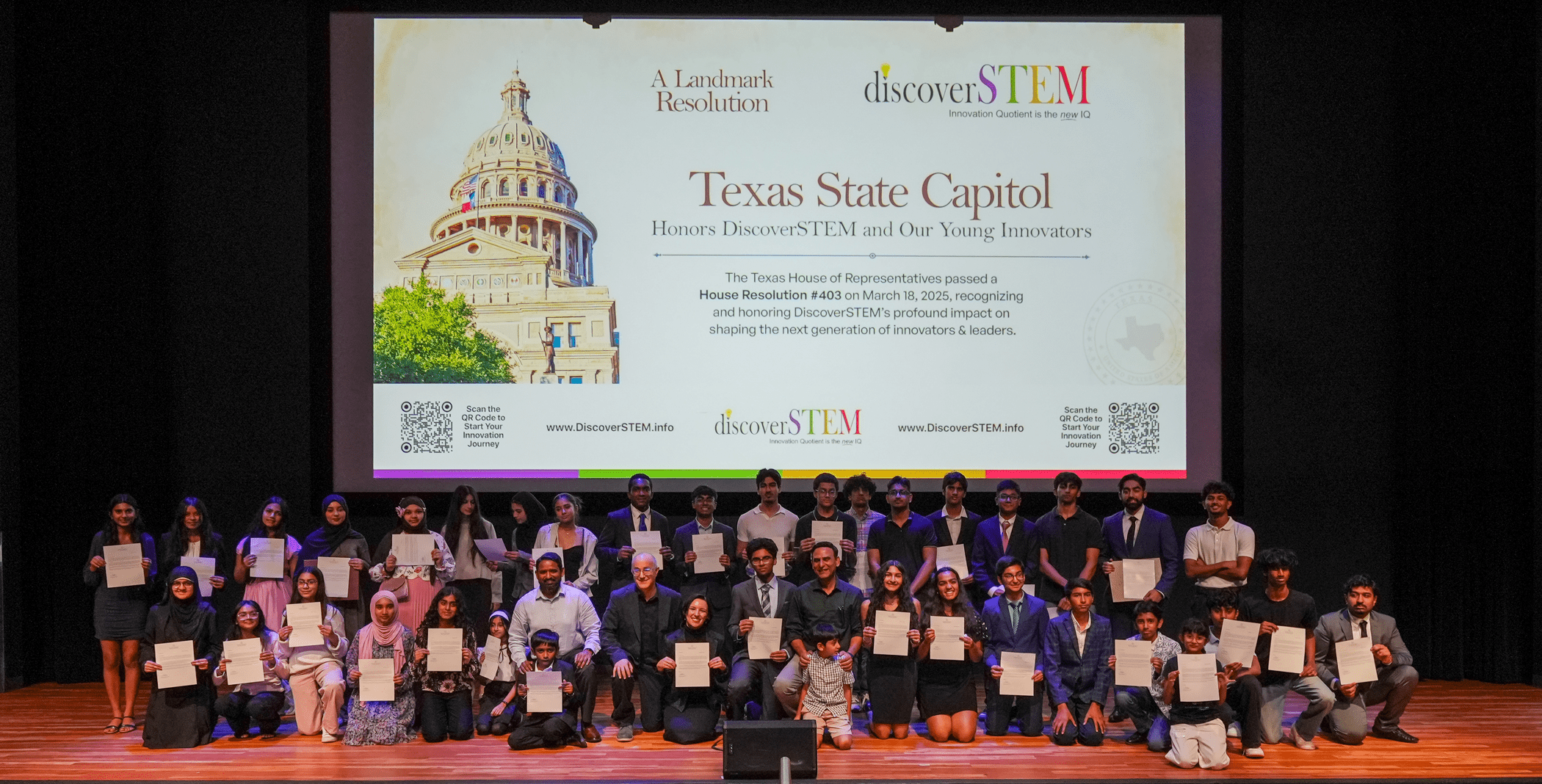

Young Minds, Big Innovations: DiscoverSTEM Marks Innovation Day 2025 with Breakthrough, Patentable Ideas
-
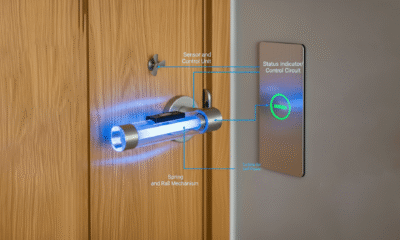

Self Sanitizing Door Handle With Protective Cover
-
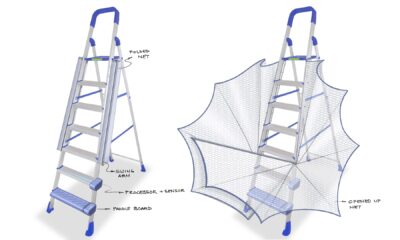

Method and System for Providing A Smart Ladder to a User
-
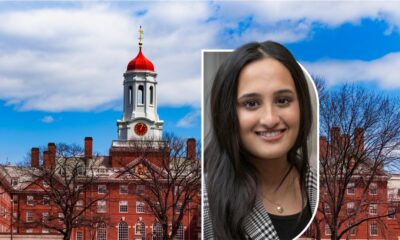

Harvard University offers Acceptance Letter to Prisha Bhat
-
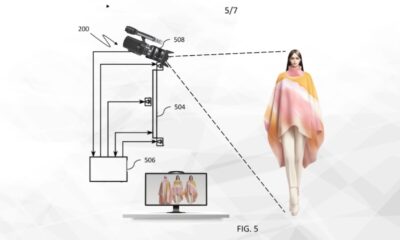

A System for Displaying Selected Clothes on a Dummy Human Body
-


World-renowned AI Marketing Expert – Dr. Asim Ansari Joins DiscoverSTEM’s Elite ‘Panel of Experts’



